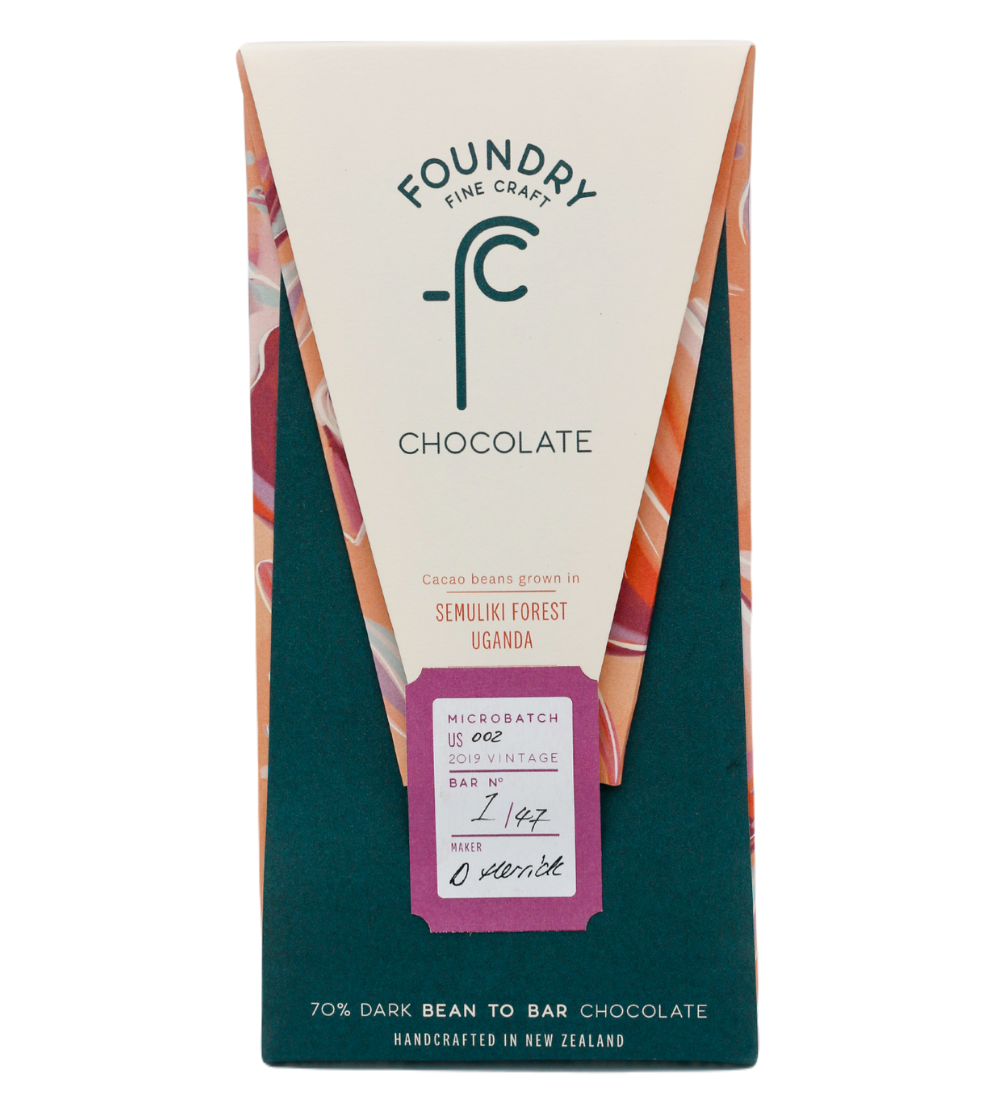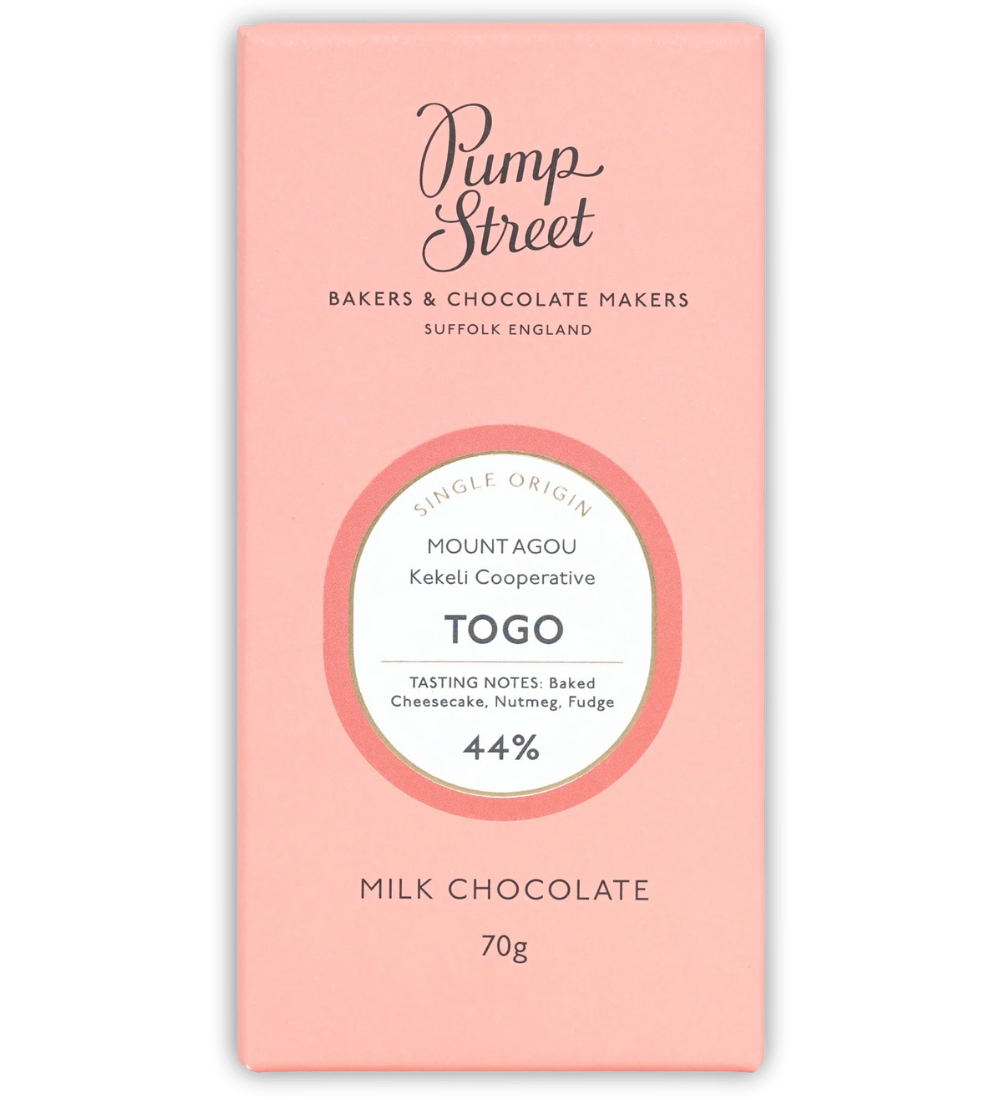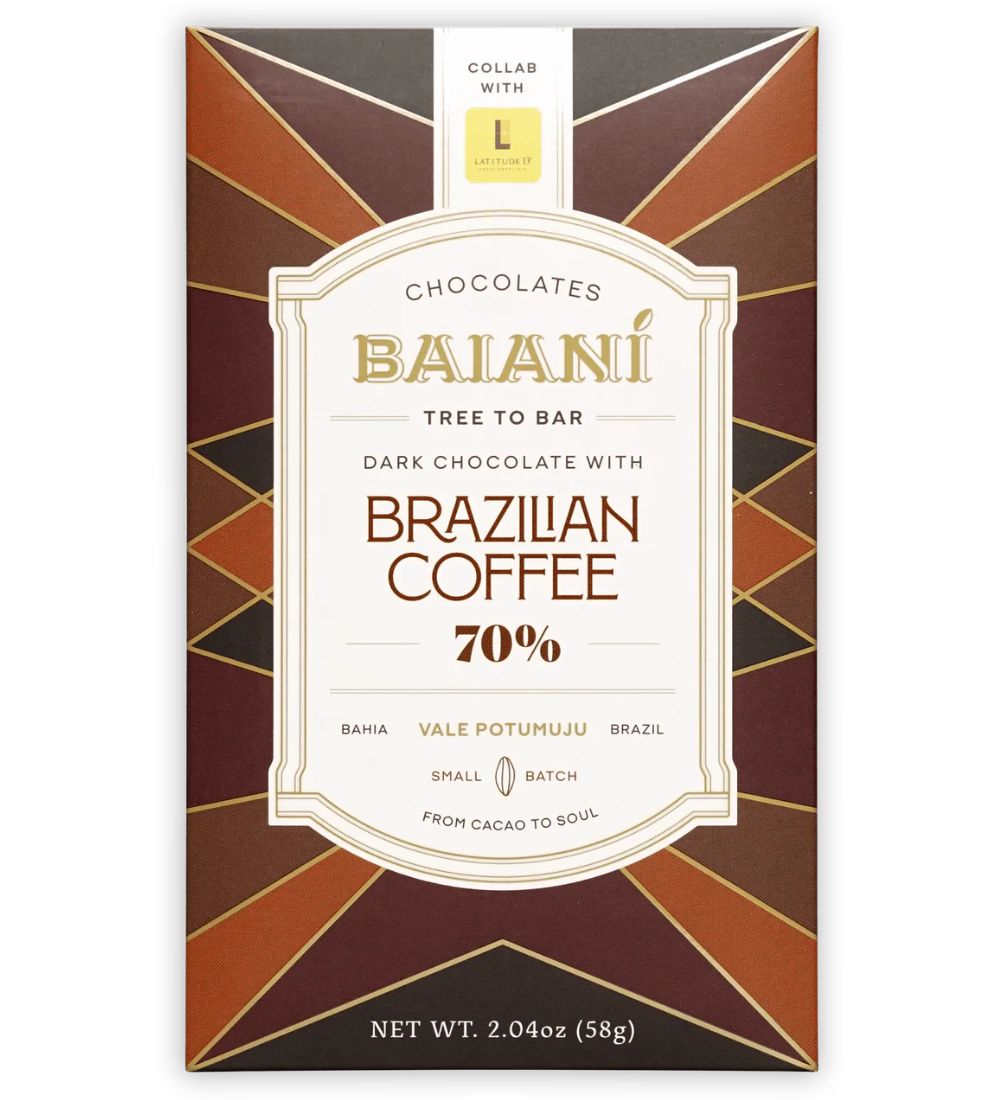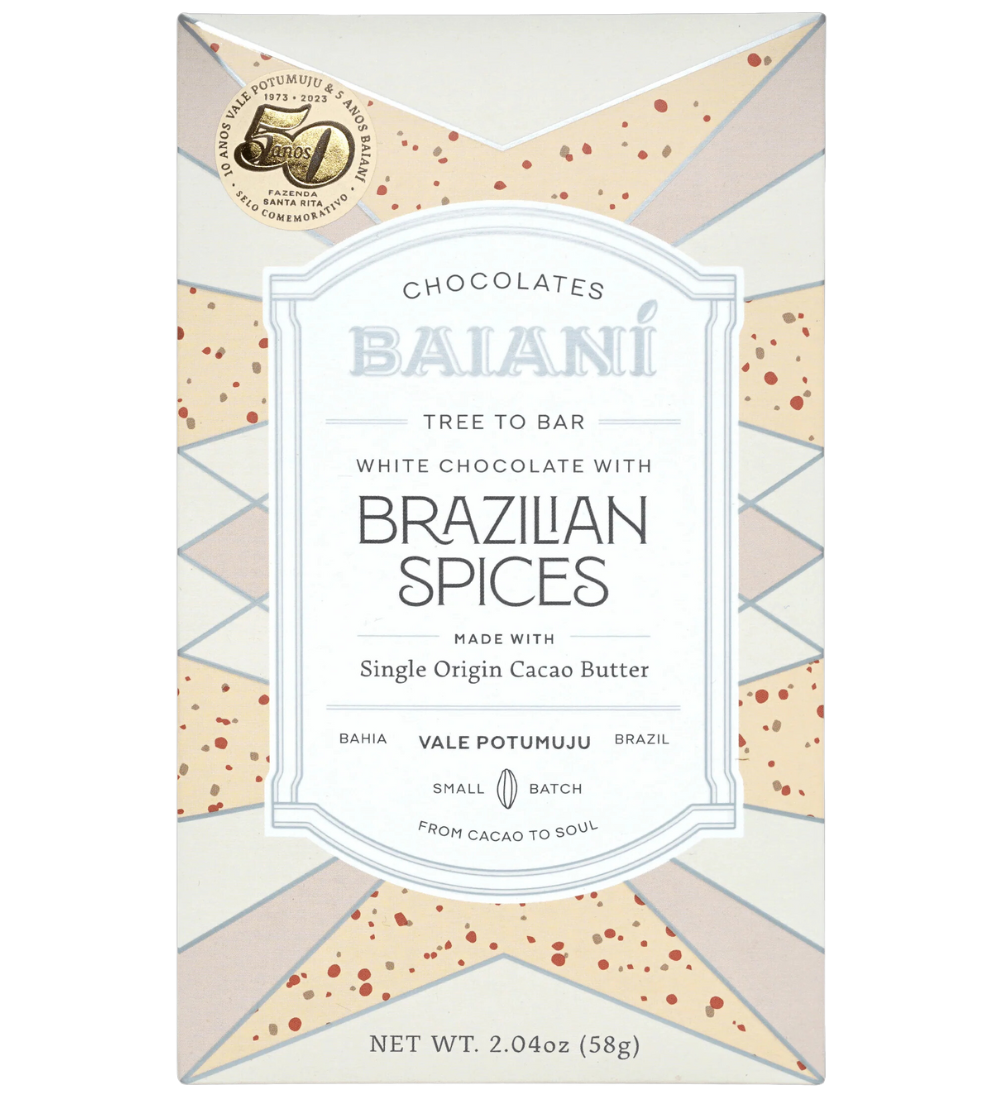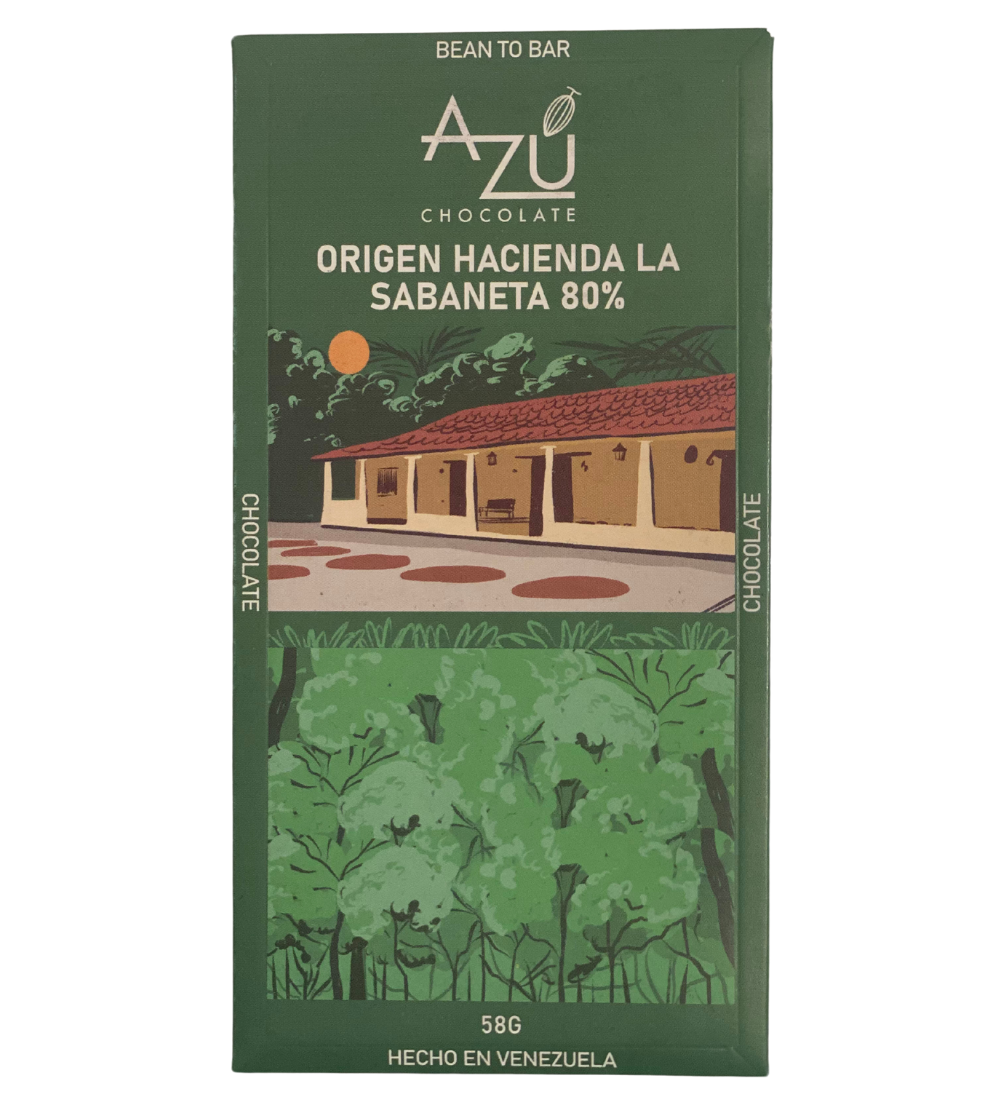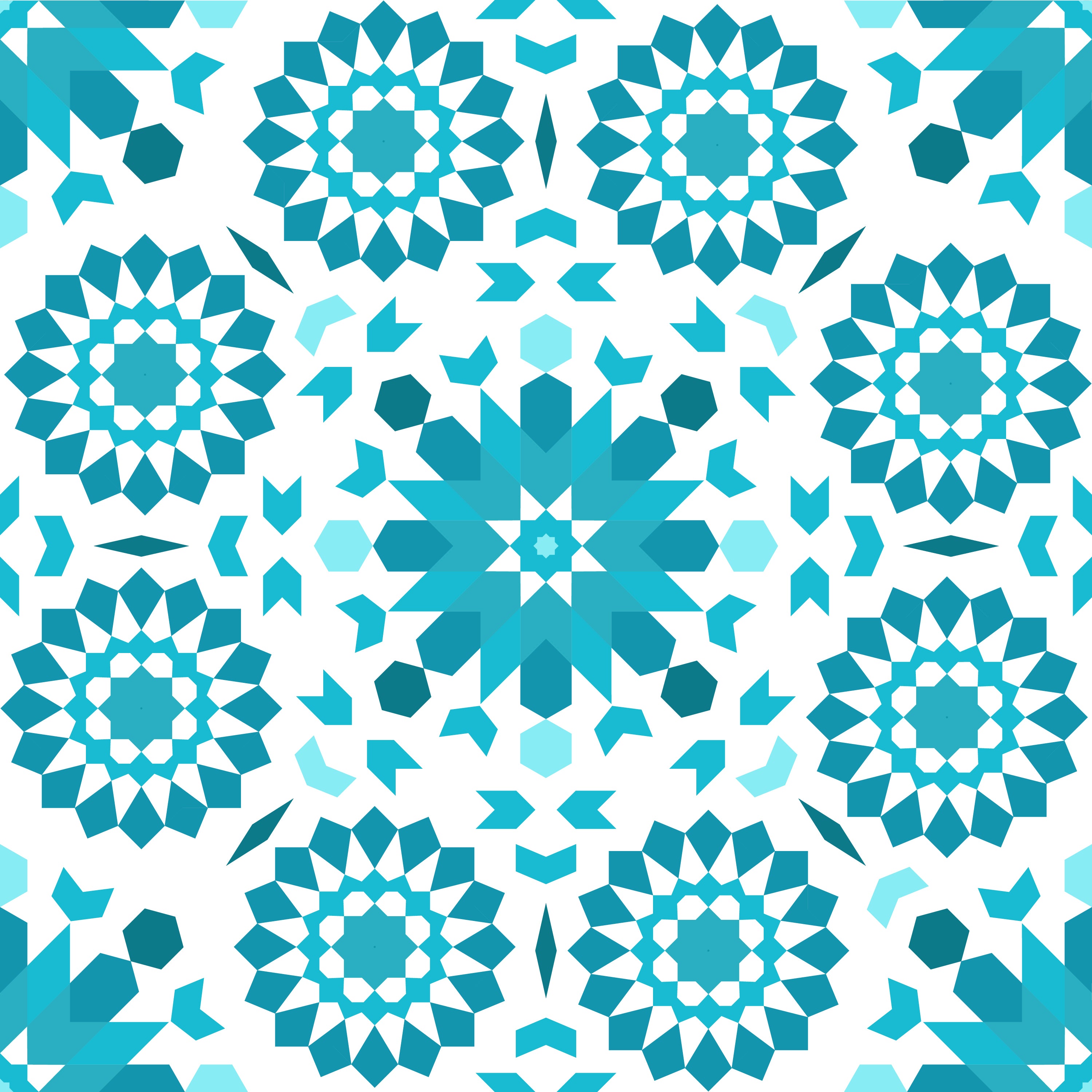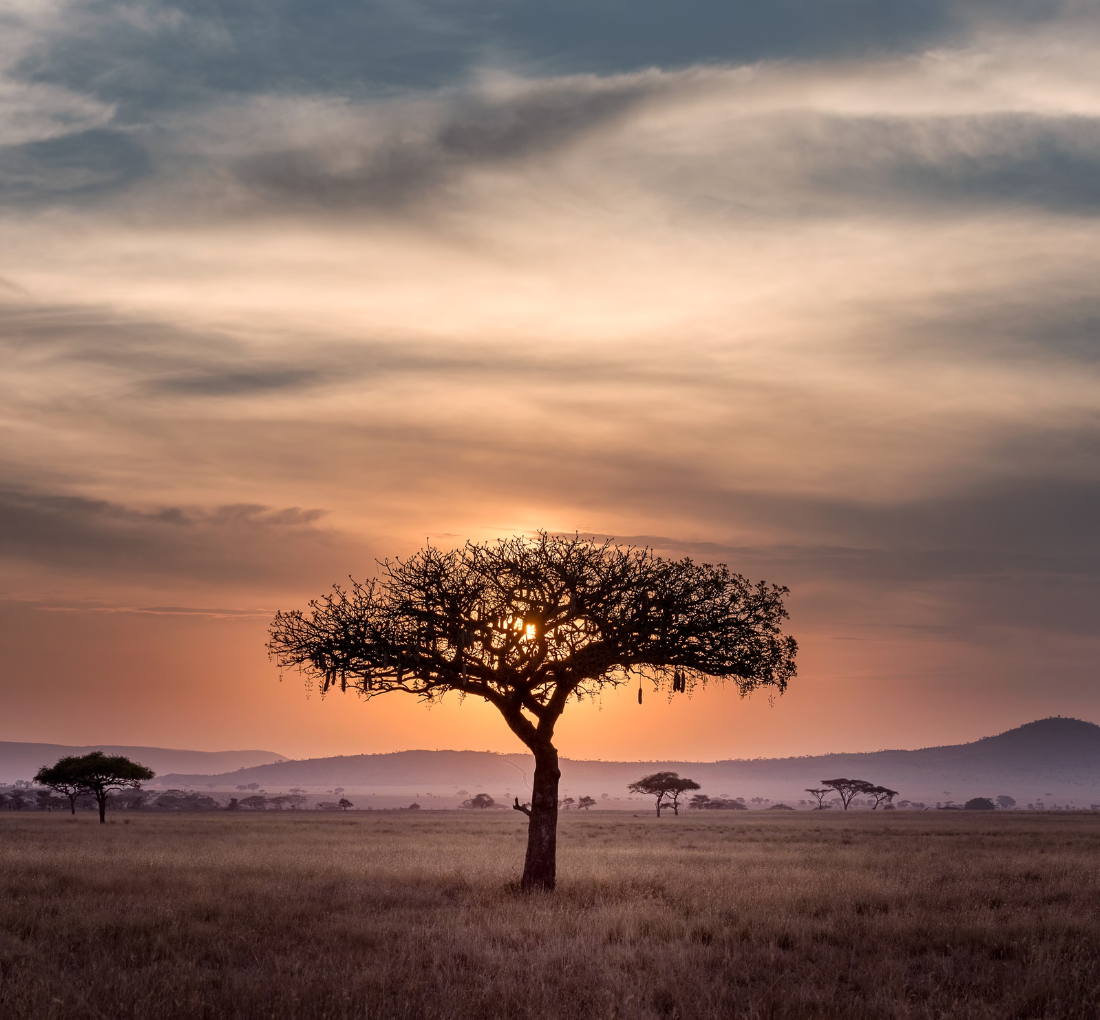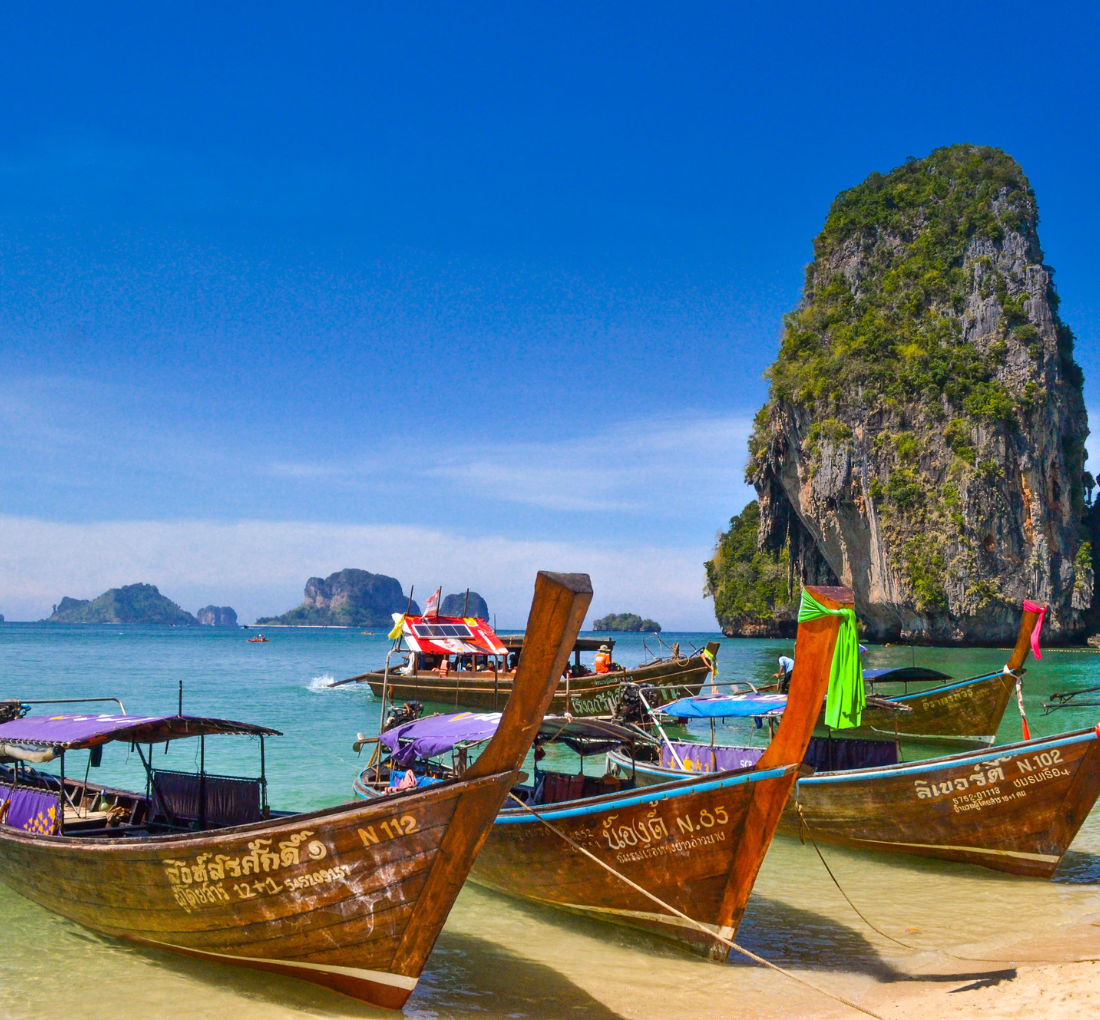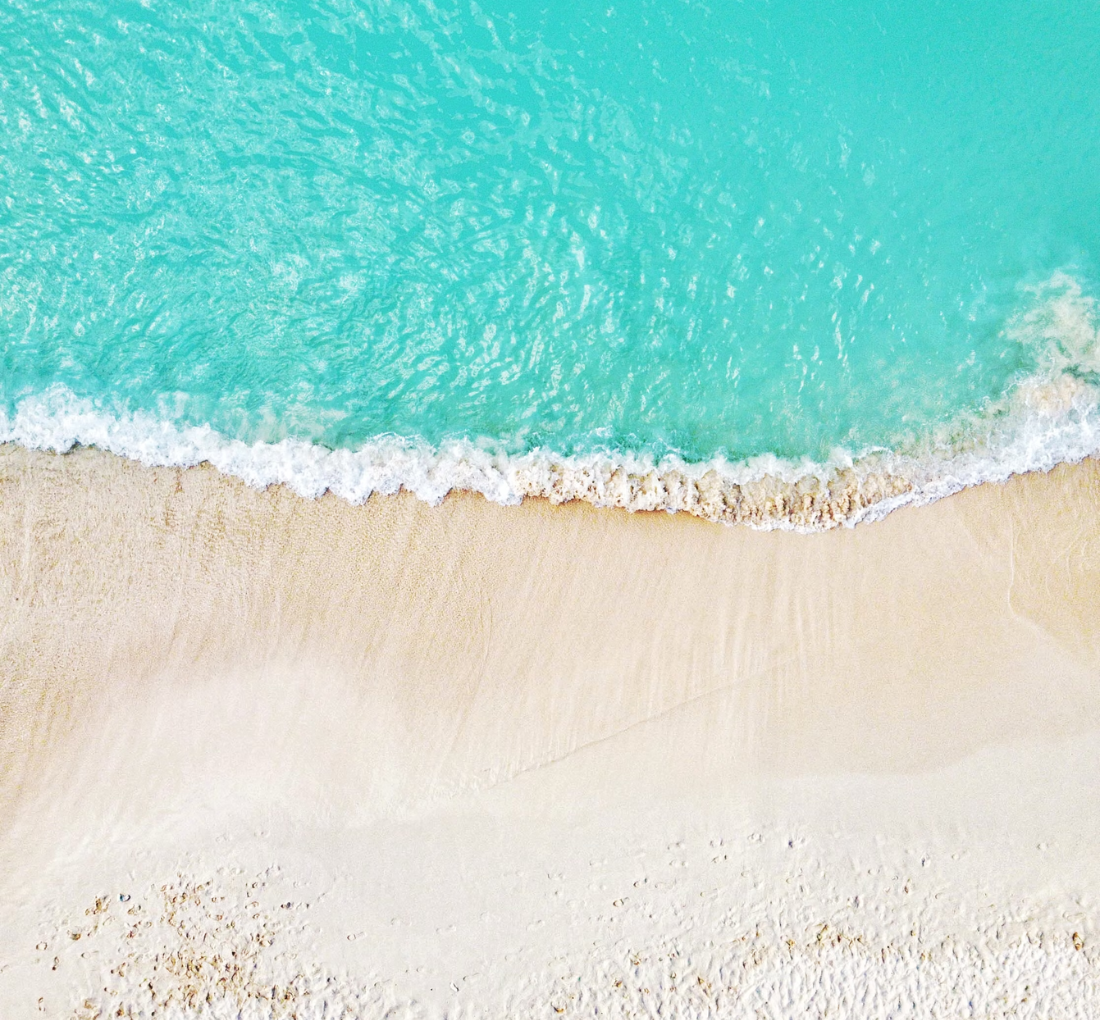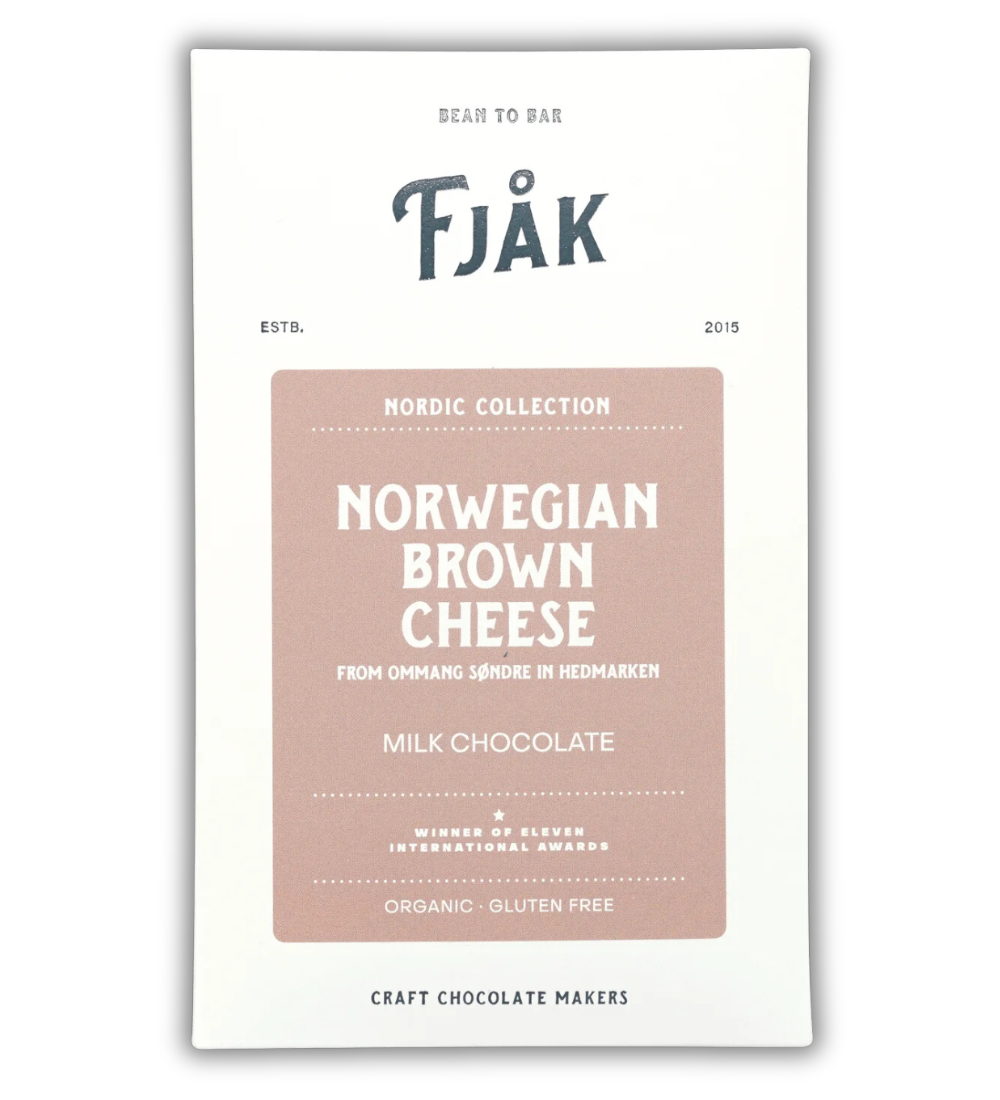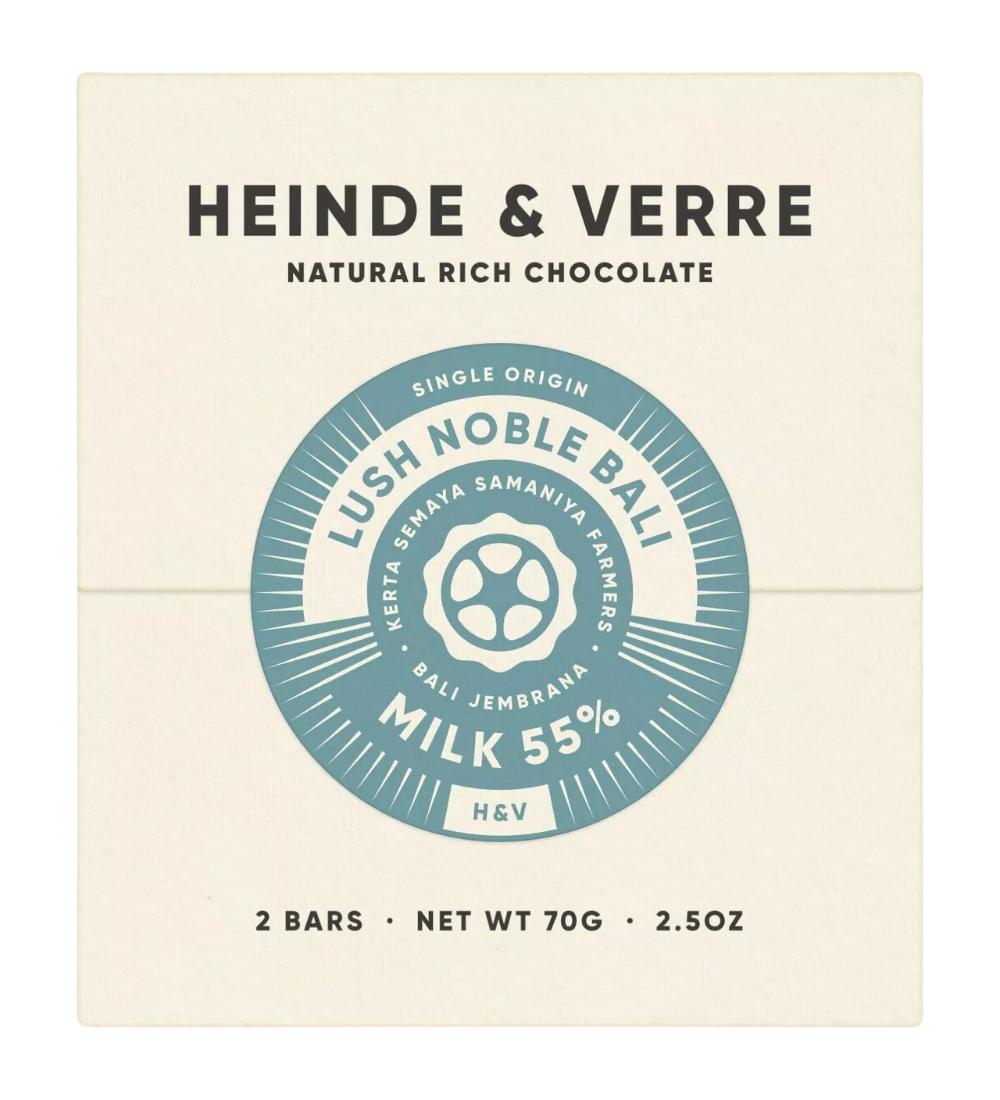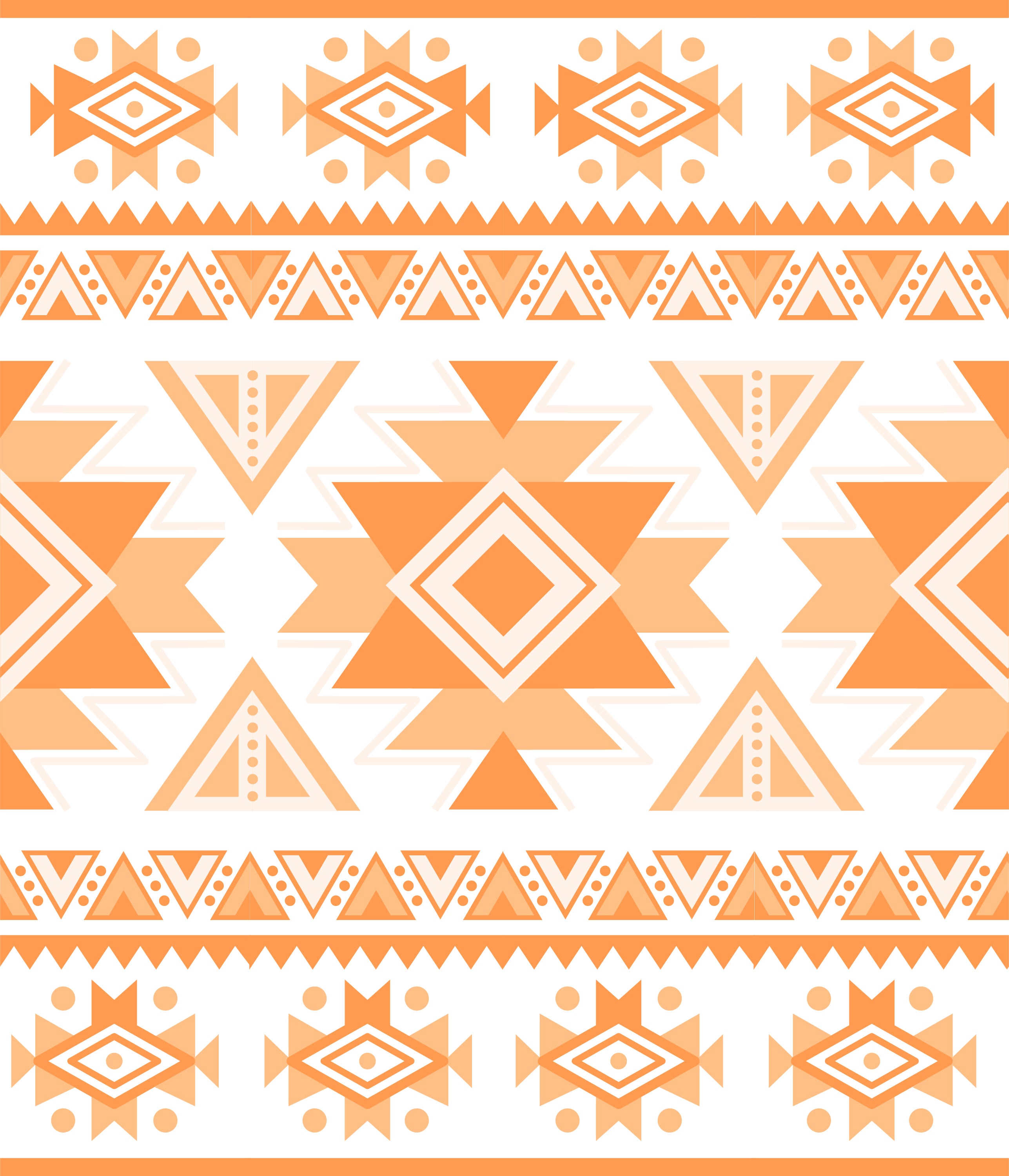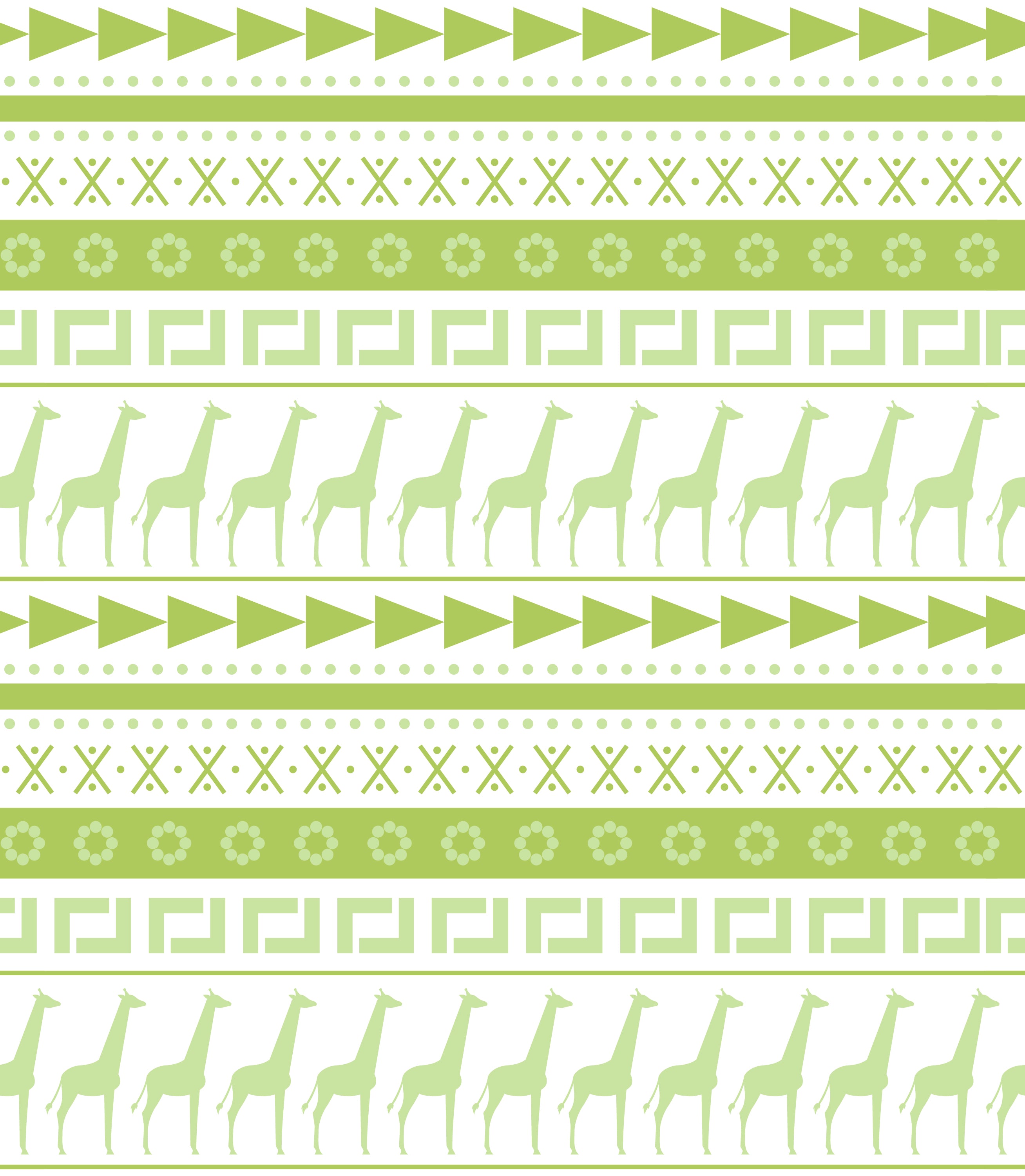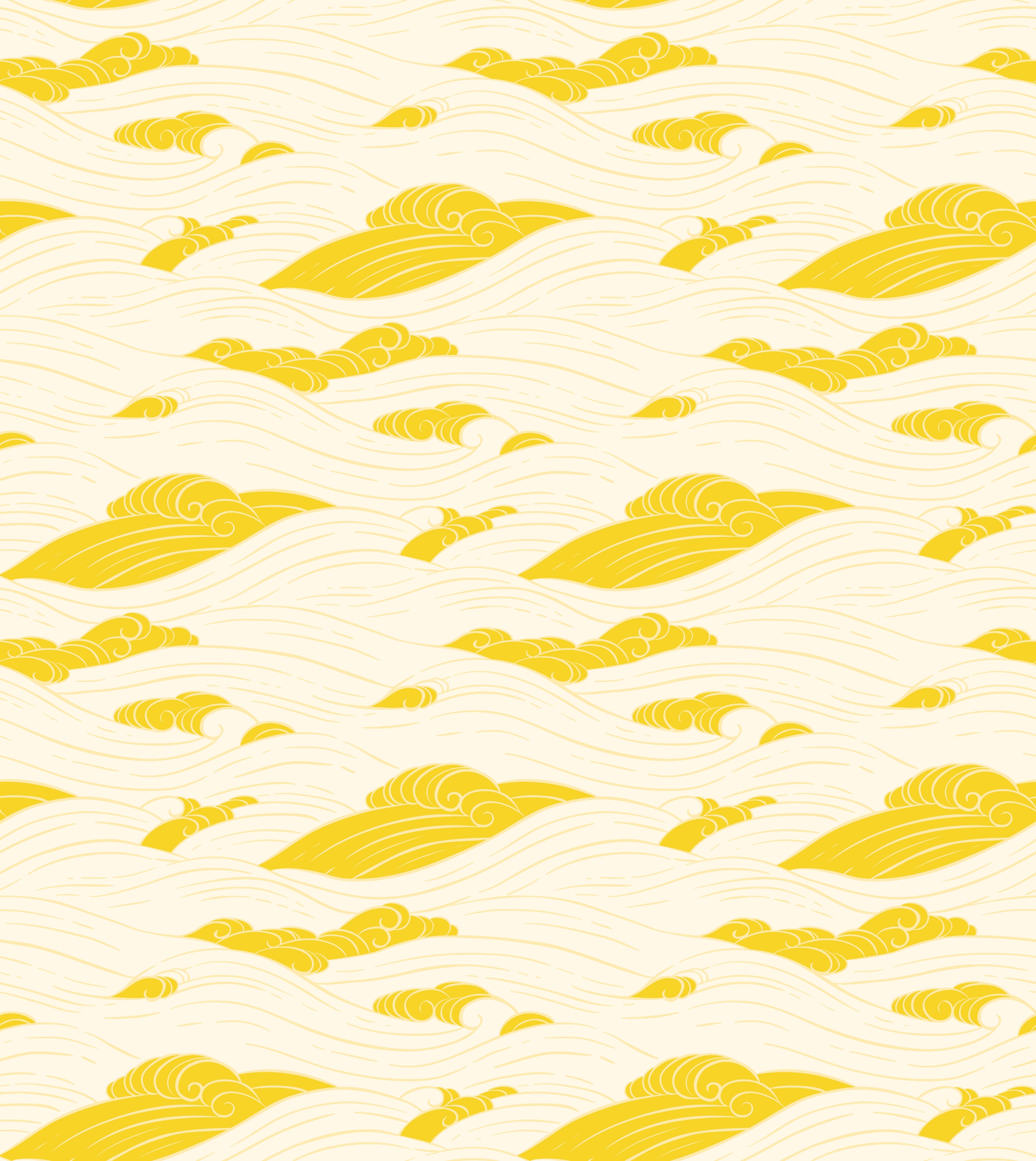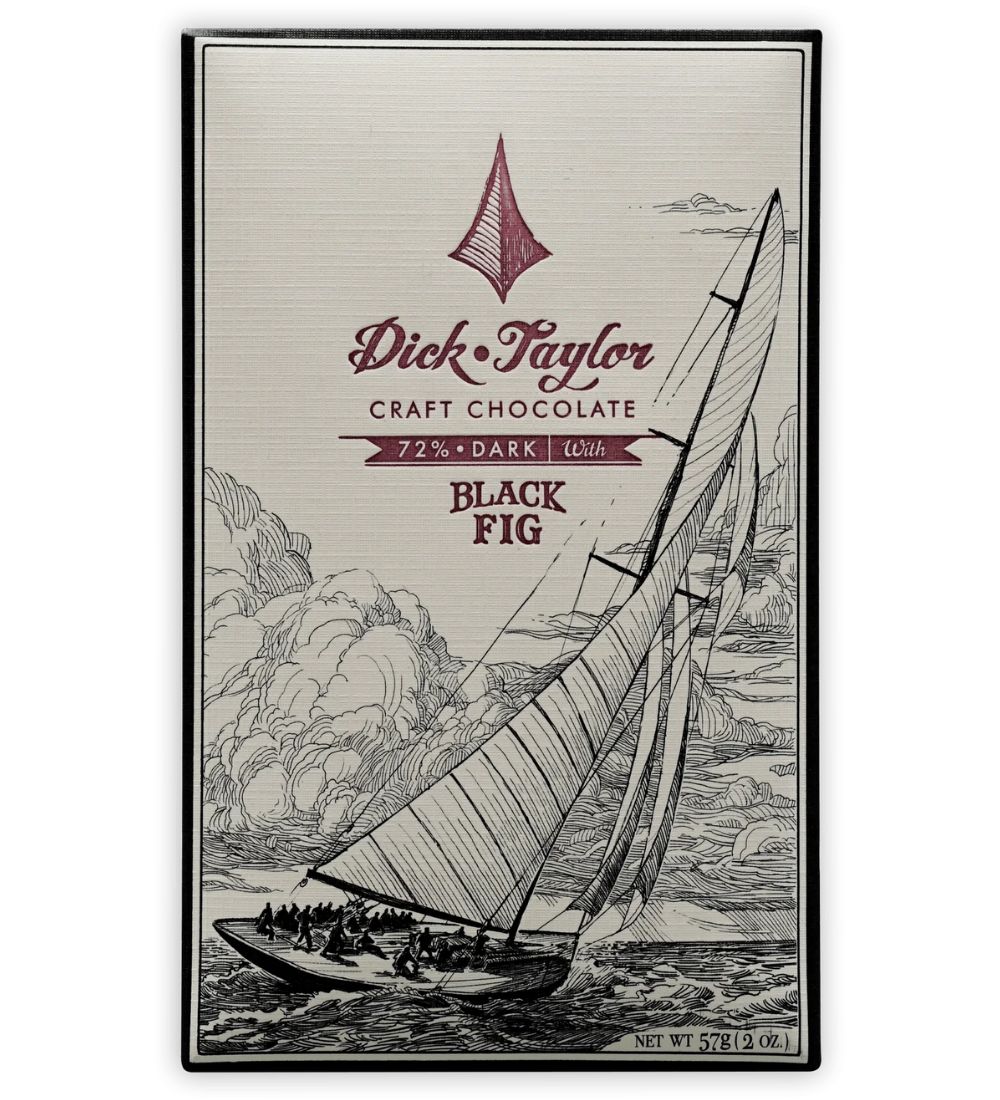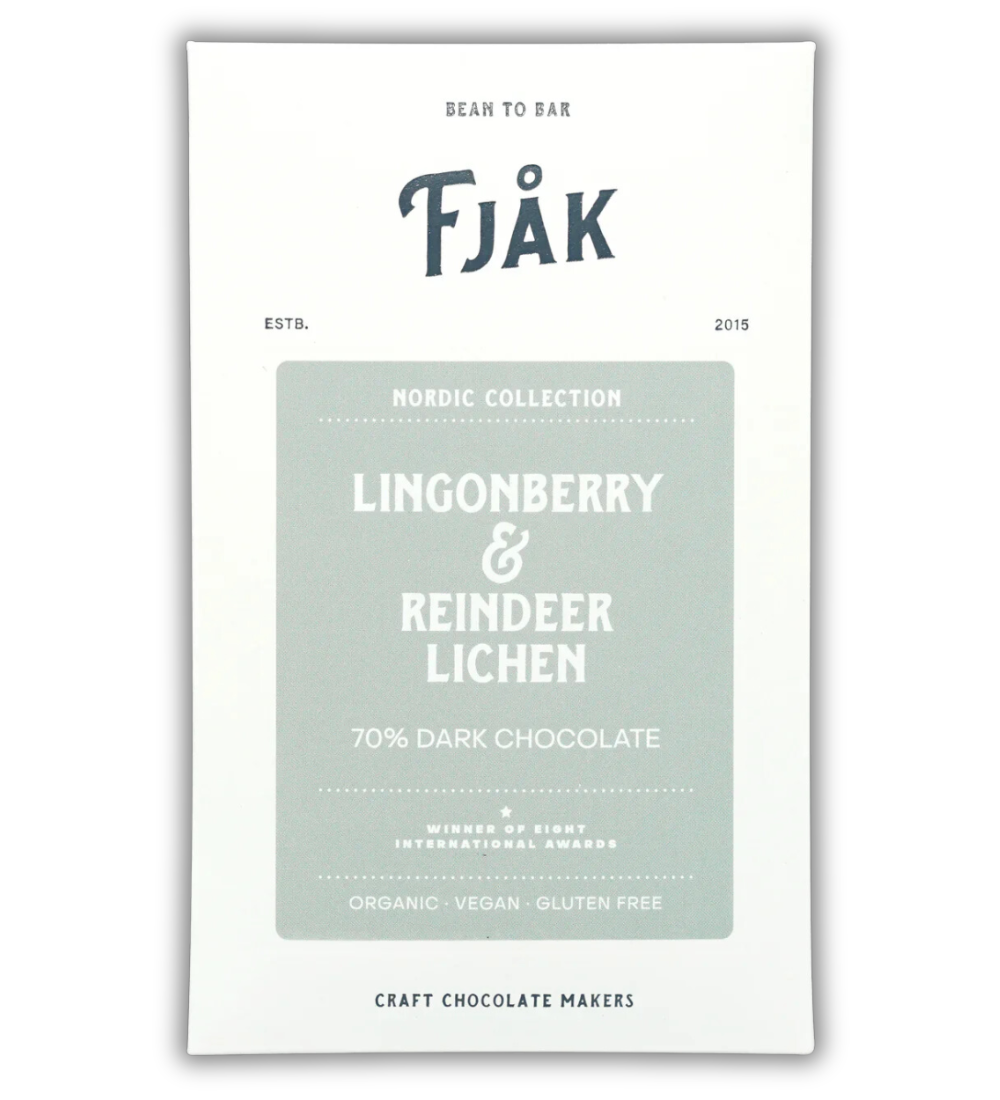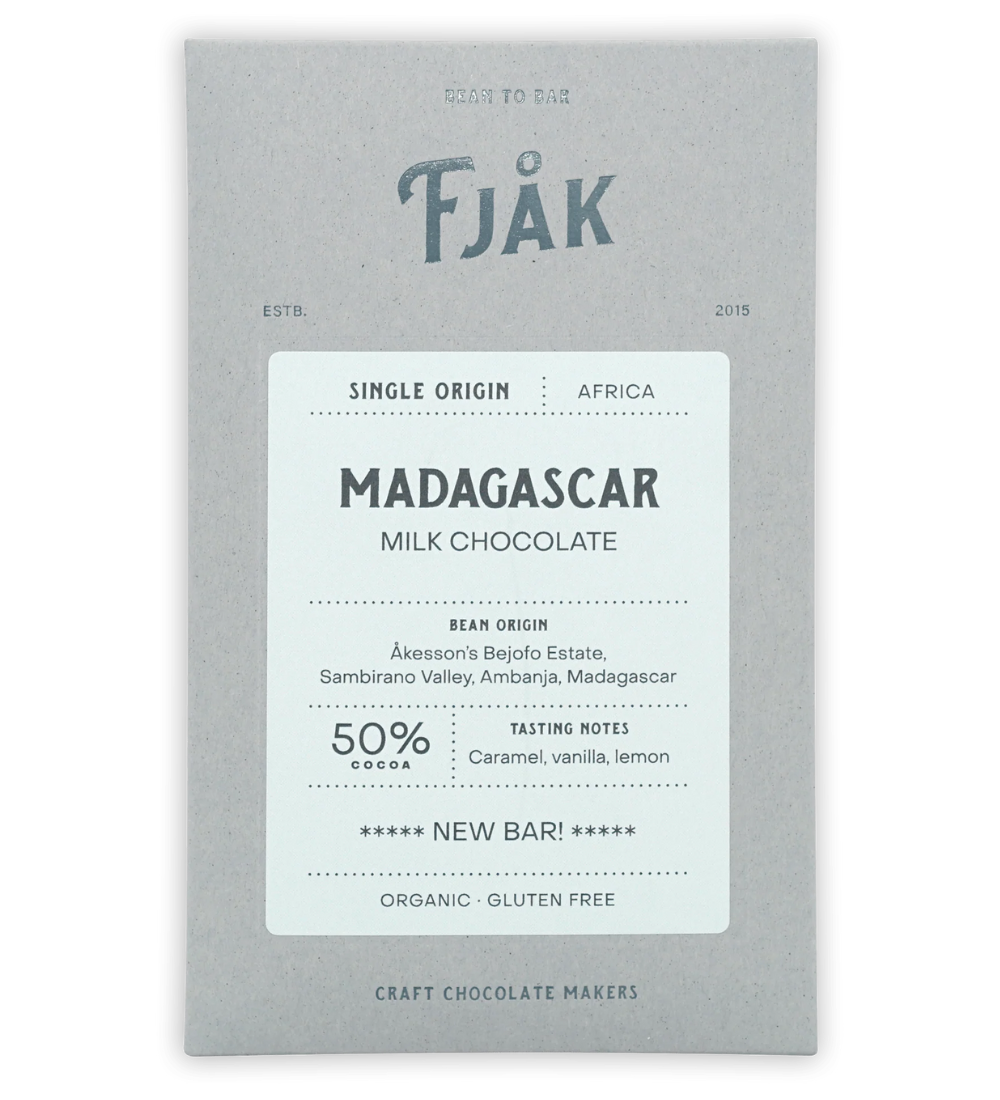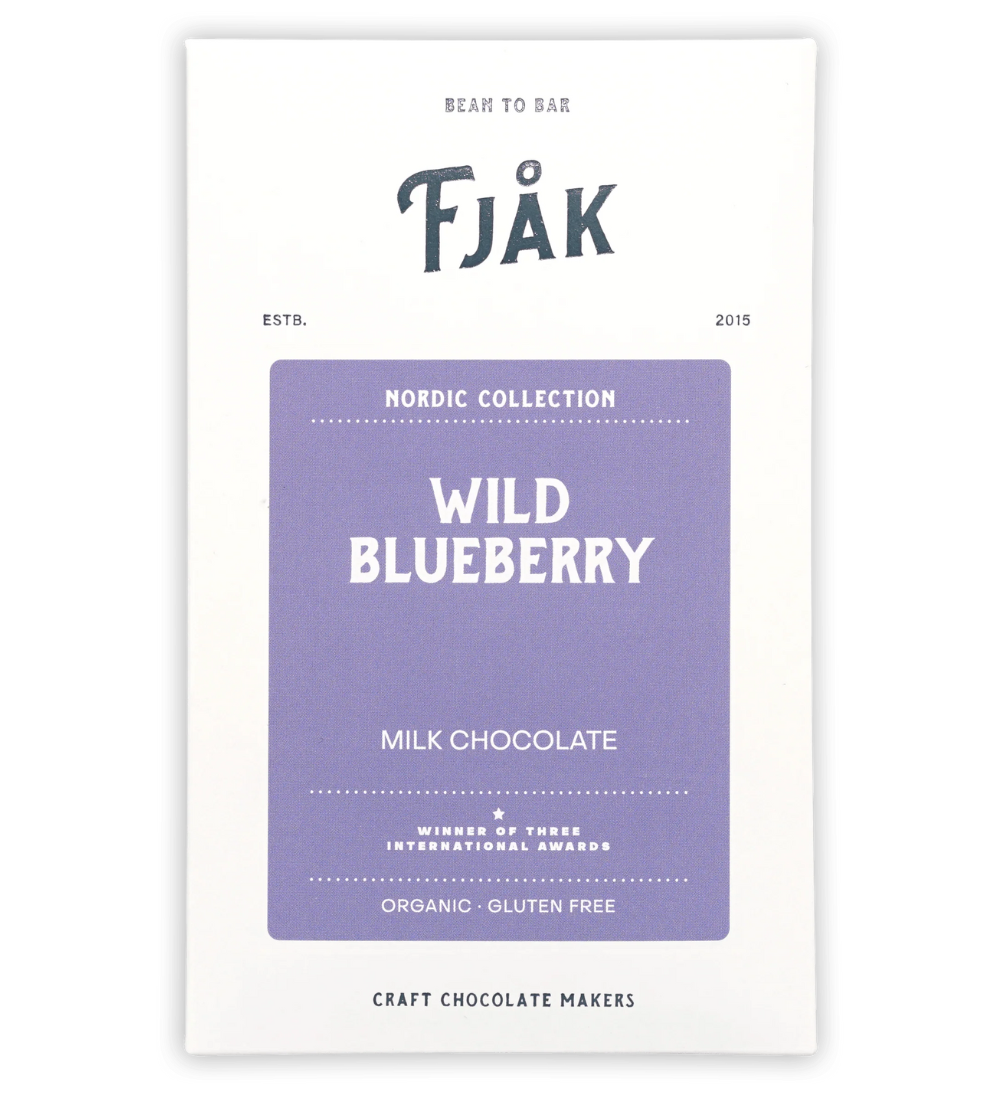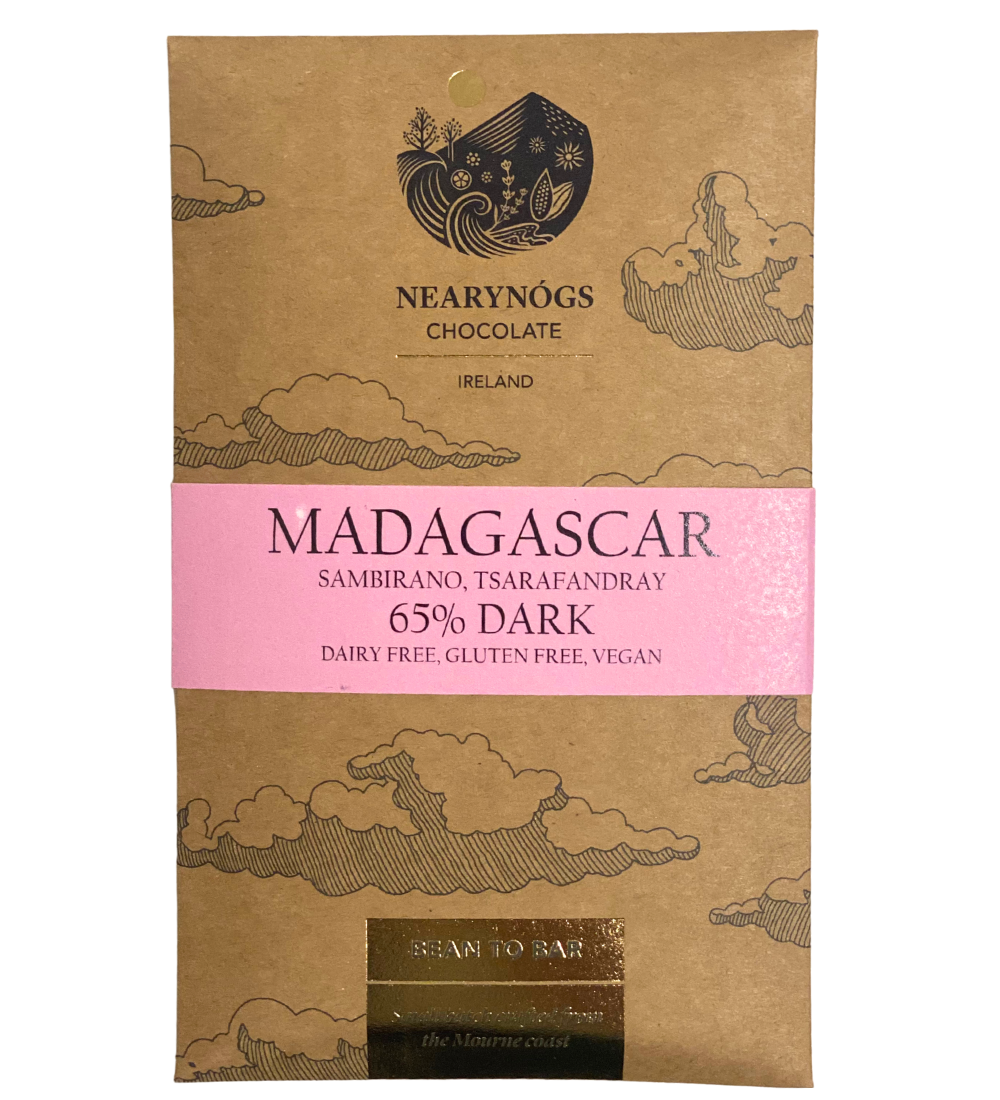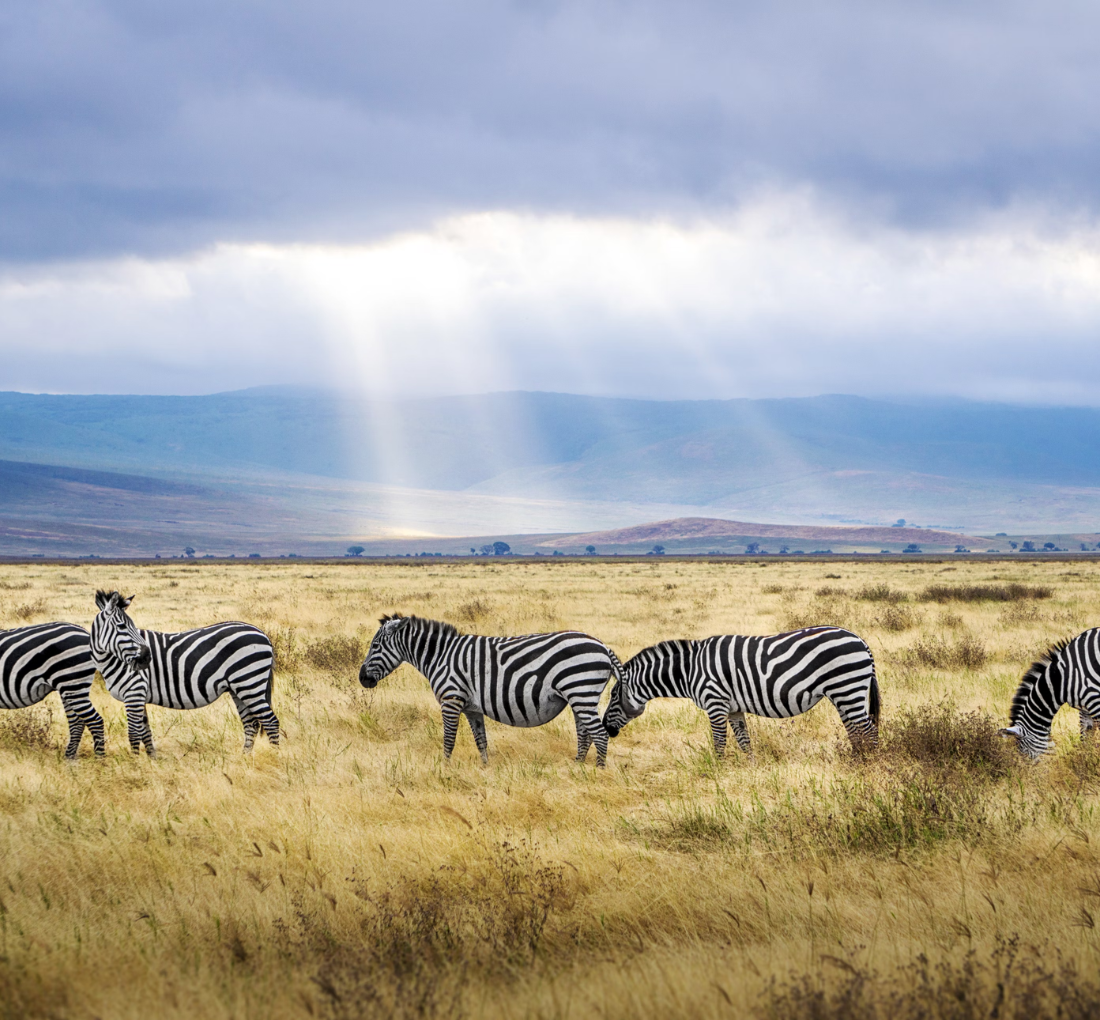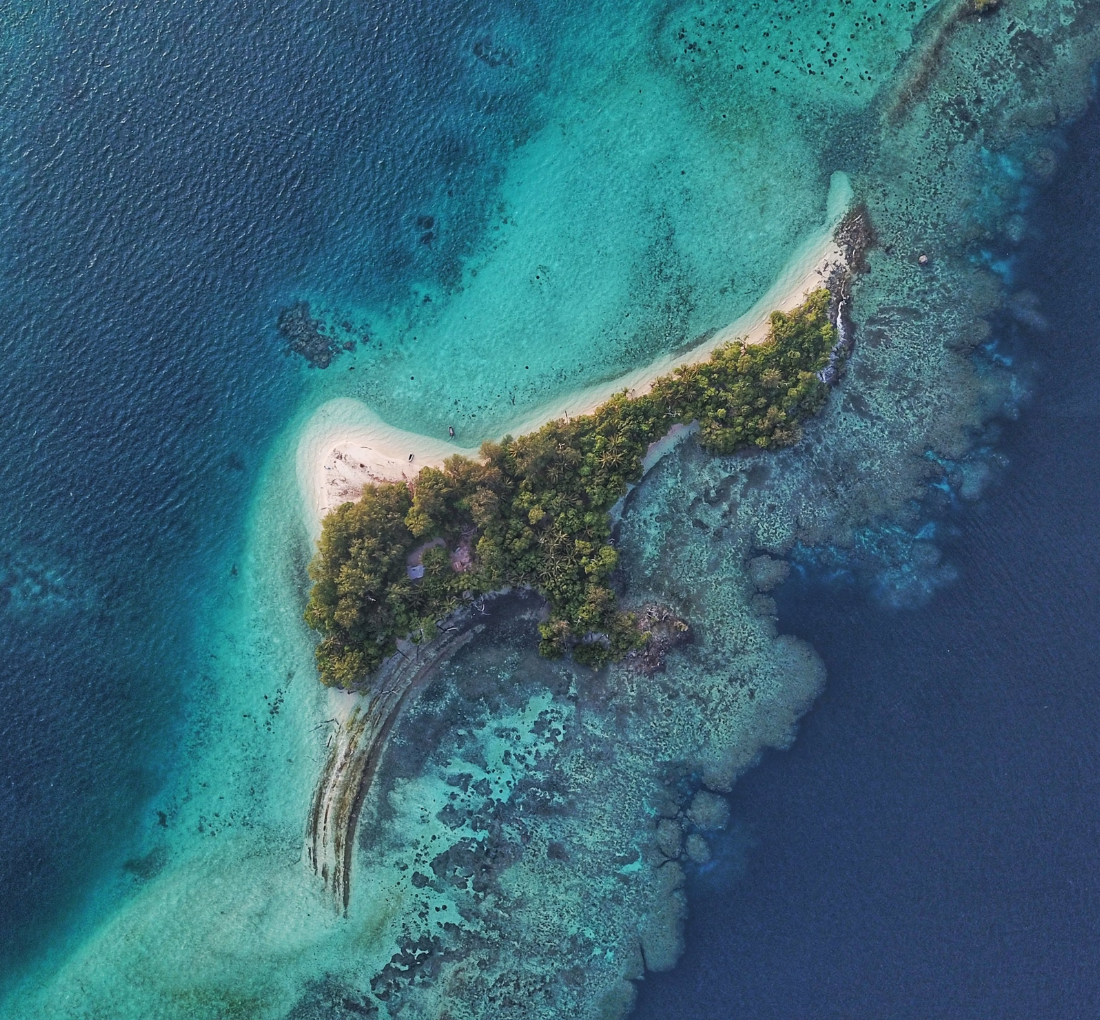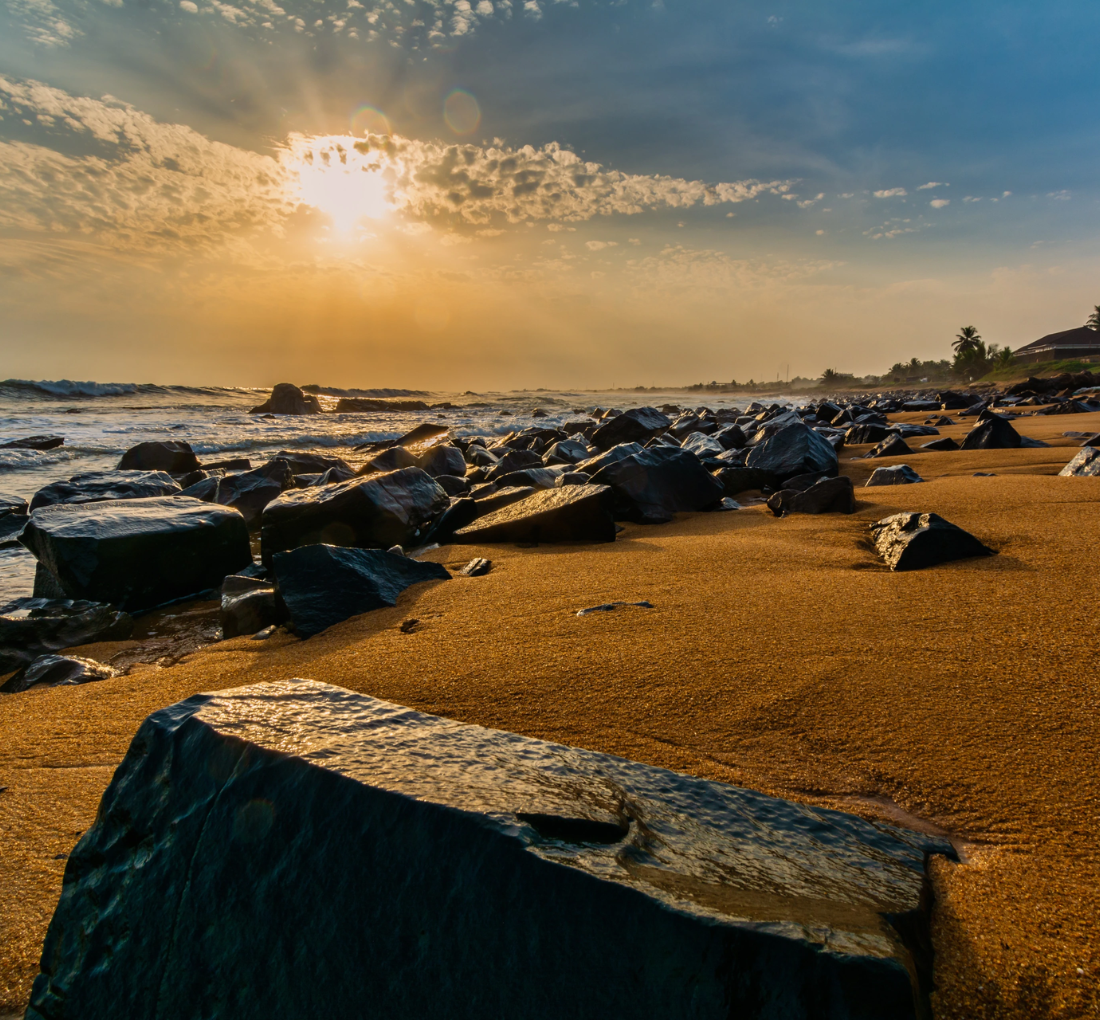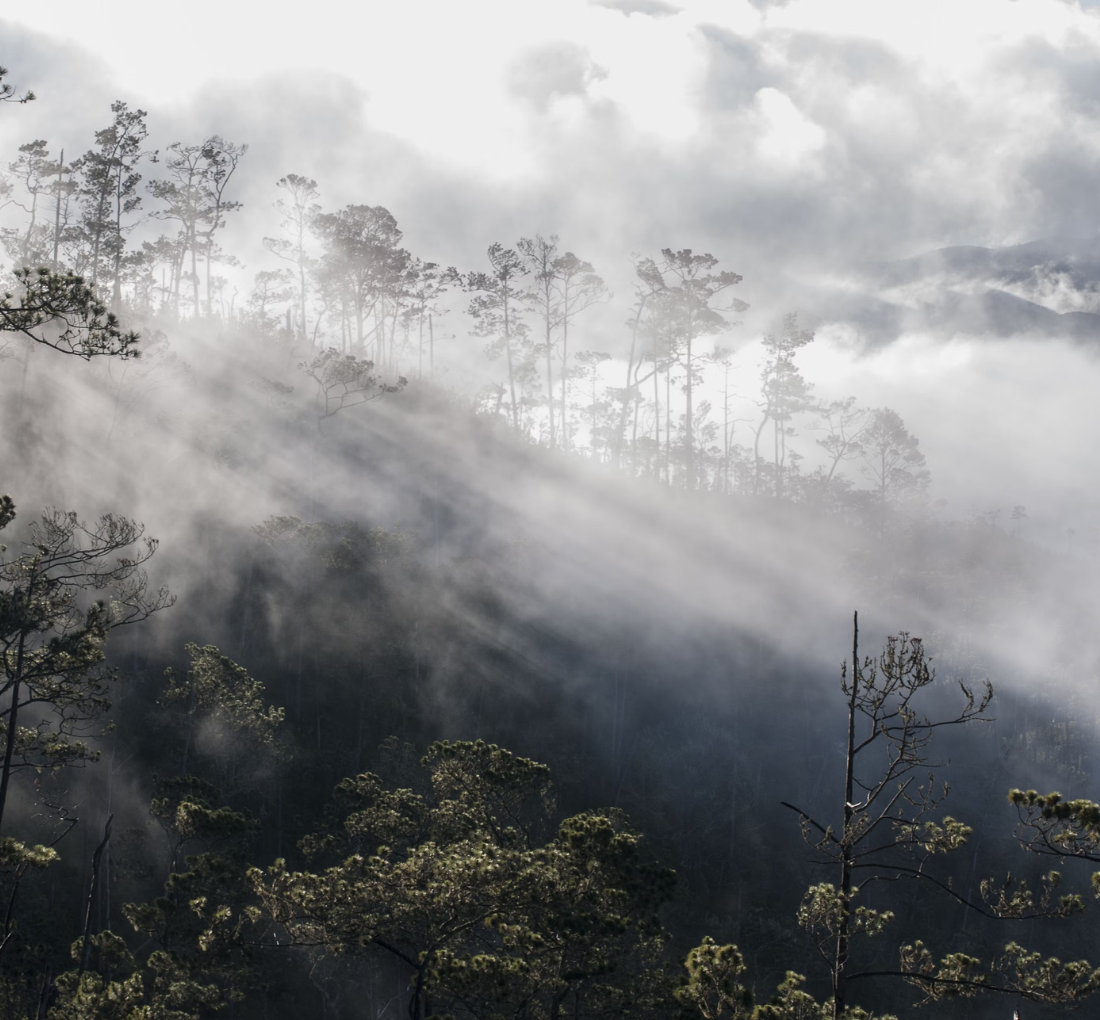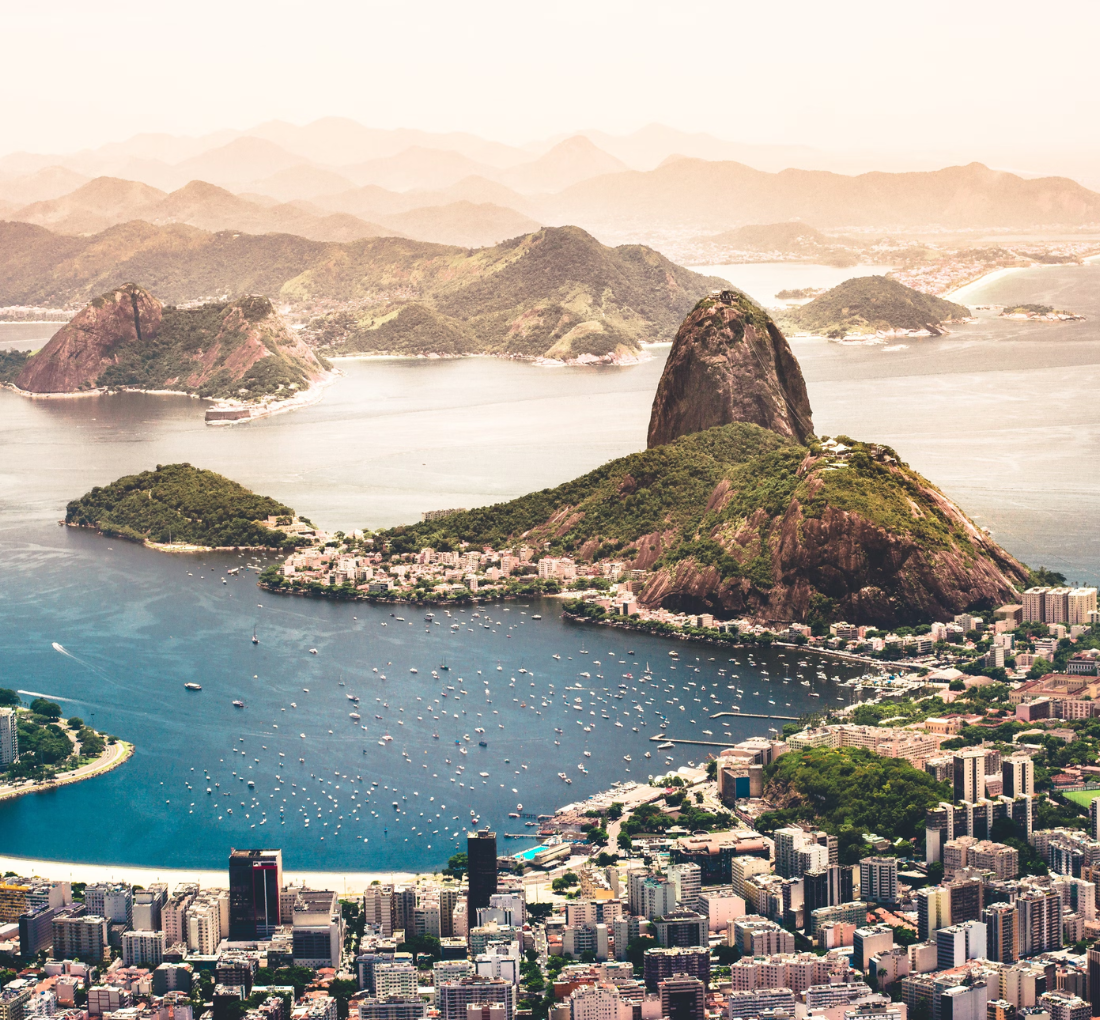Madagascar, situated in the Indian Ocean off Africa's southeast coast, is the world’s fourth-largest island, boasting a diverse array of ecosystems from rainforests to deserts, beaches, and coral reefs. Its biodiversity is unmatched, with numerous plant and animal species found nowhere else on Earth, including lemurs, chameleons, and the fossa. Malagasy culture is equally diverse, blending African, Asian, and European influences, celebrated through music, dance, and art with instruments like the valiha (a tube zither) and sodina (bamboo flute). Geographically, Madagascar features central highlands rising over 2,500 meters and low-lying coastal plains, with a tropical climate and distinct wet and dry seasons. Despite representing just 0.5% of global production, Madagascar's cocoa is renowned worldwide for its quality and distinctiveness. Introduced by French colonists in the 19th century, the Theobroma tree thrives in the island's unique environment, often interplanted with mango, jackfruit, and banana. Genetic studies reveal a dominance of Amelonados and Criollos, with the majority of cocoa coming from the Ambanja region and a smaller yield from Sava. Despite terroir variations, both regions consistently produce cocoa with fruity flavors and bright acidity, ideal for non-bitter, bean-to-bar chocolates, often requiring minimal added sugar.

There's a whole world to explore
Discover the world’s diverse cocoa growing regions – from sun-drenched islands to tropical rainforests to lush mountainsides.

